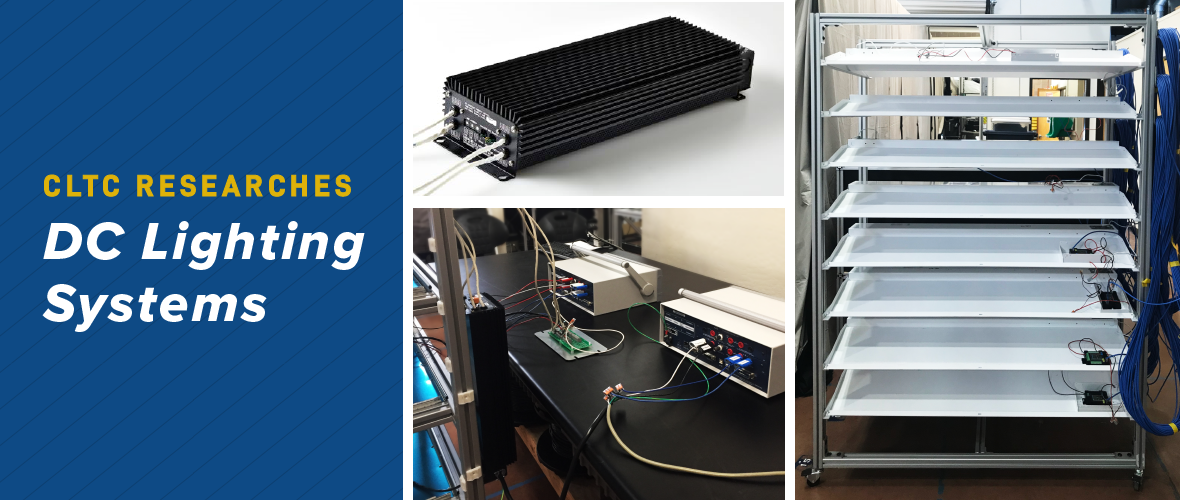The majority of building power distribution systems use alternating current (AC) sourced from a power grid. This significantly influences the design of direct current (DC) appliances including LED light sources and digital controls.
In theory, DC power distribution can increase overall electrical system efficiency as centralized power supplies that support larger connected loads can be more efficient than distributed power supplies when powering the same total electrical load. This increase in efficiency translates directly to reduced energy use and increased operational cost savings.
Recently, CLTC analyzed DC lighting systems utilizing centralized AC-to-DC power supplies providing up to 480 Watts DC of output power. Results show that, at this power capacity, the efficiency gains from the centralized conversion of AC-to-DC power do not offset the losses created by the multiple DC-to-DC conversion line losses and the added load of the necessary, peripheral control equipment. In fact, AC-to-DC conversion losses attributed to the single, centralized power supply were the highest source of power loss in each DC system by almost an order of magnitude as compared to the other sources of power loss in the system.
To learn more, read CLTC's article published in the August 2020 LD+A article DC Lighting Systems Evaluation.

